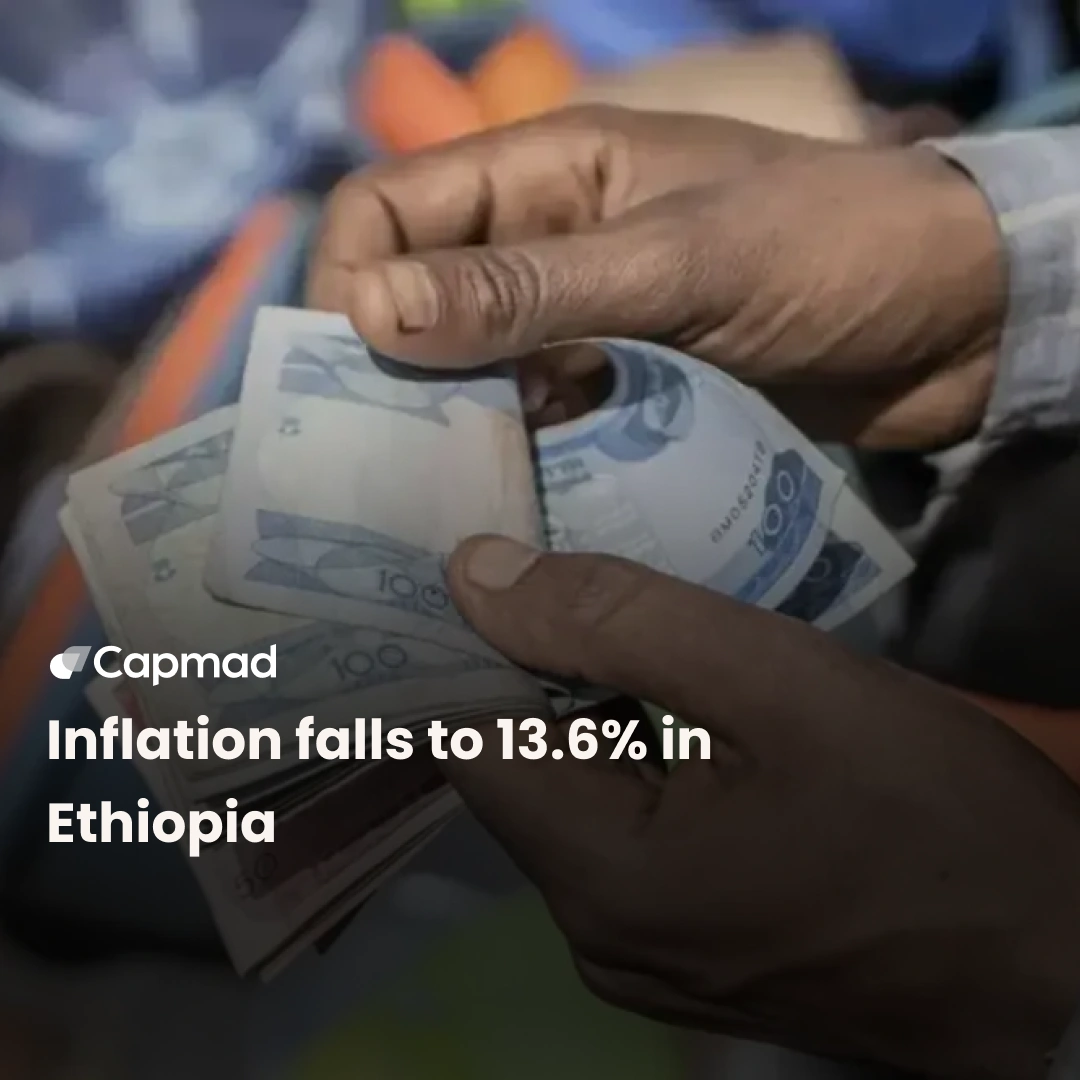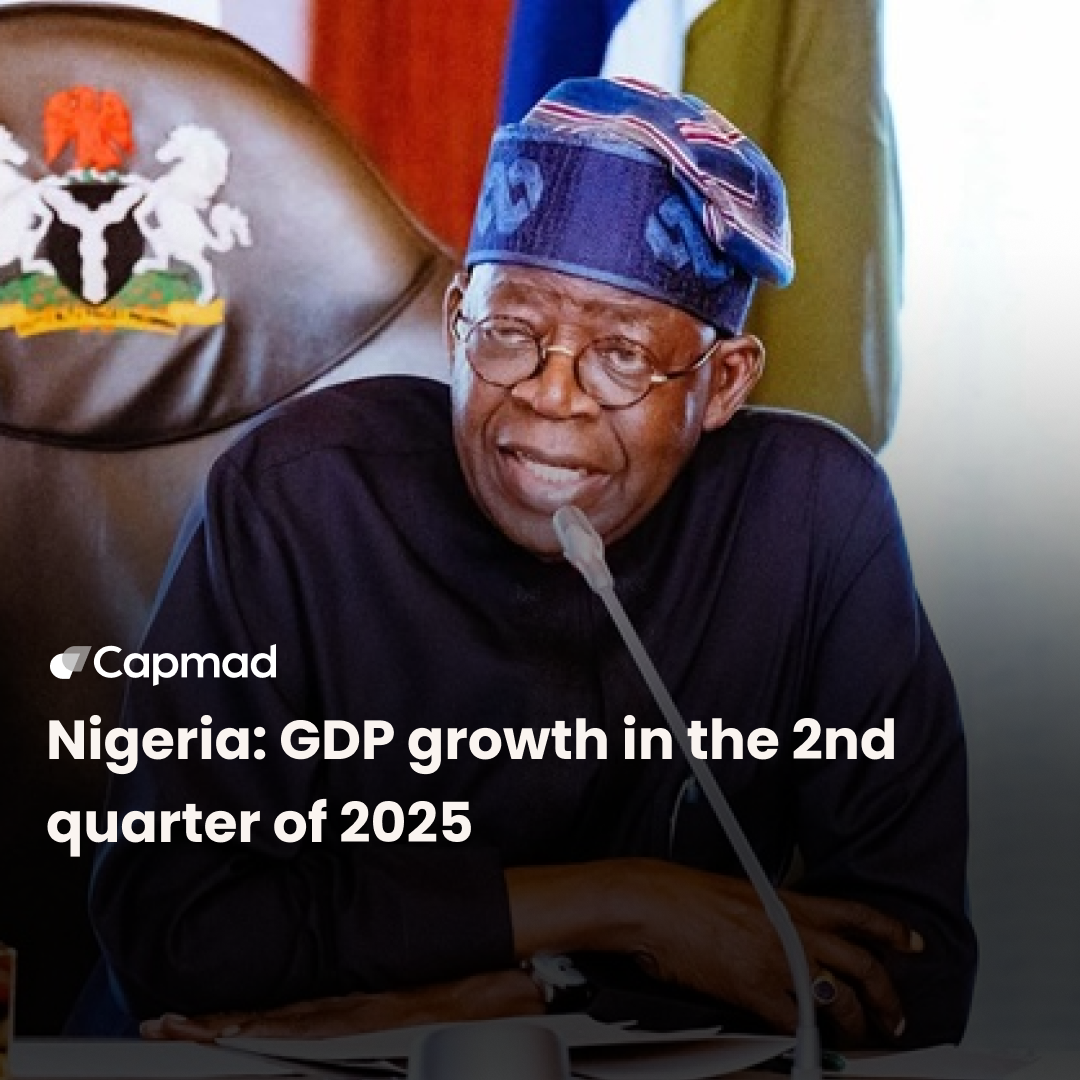Japan is confirming its strategic commitment to Africa and the Indian Ocean region with a major investment of USD 5 billion for the creation and development of a new economic zone. This ambitious project aims to strengthen economic, commercial, and geopolitical ties between Japan, Africa, and the countries bordering the Indian Ocean.
A strategic initiative to boost the regional economy
The primary objective of this new “Indian Ocean-Africa” economic zone is to stimulate the economic development of the countries concerned, notably by promoting trade, foreign direct investment, and local job creation. Japan, by investing USD 5 billion, aims to support port infrastructure, trade routes, and logistics facilities in this strategic region.
Strengthening Japan’s presence in a key region
The Indian Ocean region is today a key commercial hub between Africa, Asia, and the Middle East. By engaging in this region, Japan seeks to strengthen its geopolitical presence in a global context marked by competition between major powers, particularly China, which is increasing its infrastructure projects in Africa. This massive financing reflects Japan’s desire to diversify its economic partnerships and safeguard its commercial interests.
An expected impact on African and neighboring countries
Countries in the Horn of Africa, along the East African coast, and also in the Indian Ocean islands such as Madagascar, the Seychelles, and Mauritius are expected to benefit directly from this project. This Japanese support will improve regional connectivity, optimize supply chains, and create an environment conducive to investment and local growth.
Toward stronger cooperation between Japan and Africa
Beyond the purely economic aspect, this project also illustrates a diplomatic desire to strengthen ties between Japan and the African continent. The development of the “Indian Ocean-Africa” economic zone is part of a more global cooperation strategy including technological exchanges, training and partnerships in various sectors such as energy, agriculture and information technology.






